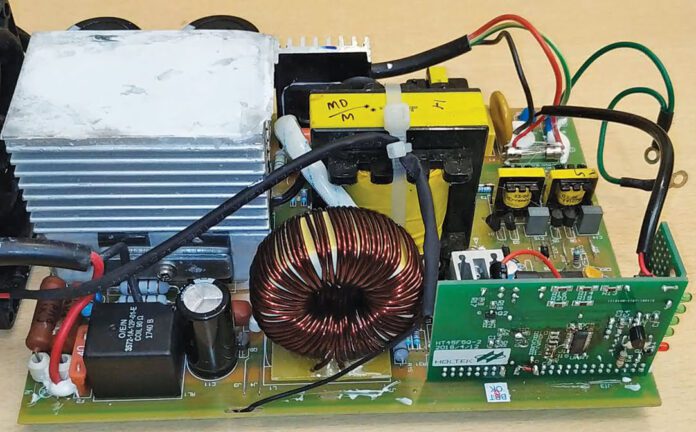A good battery charger or charge controller/regulator charges the battery in stages based on how much charge is left in the battery. Level three or level four are the most common and this article explains how a level four battery charger works. We also explain why it is important to use the correct program settings on your charge controller.
How 4-stage charging works
Stage 1 (Batch) – This is the first stage when the battery is low (usually less than 80%). In the bulk phase, the solar panel or generator supplies as many amps as possible to the battery. This is the fast charging phase, and the higher the amp, the faster the charging.
Stage 2 (Sink) – When the battery reaches its “sink voltage” (this number varies by program setting, but lead-acid batteries are usually around 14.5 volts), the charger or regulator should enter the sink stage. During this phase, the battery is kept at the programmed voltage. The current going into the battery at this stage is lower and the battery charges more slowly. The absorption phase can end after a set time has elapsed or when the incoming current drops below a certain threshold. This is determined by the loader settings.
Phase 3 (Float) – When the absorption phase is over, the charge controller will drop the voltage to the programmed value and start the float phase. This phase starts when the battery is 100% charged.
Stage 4 (Equalization) – In this stage, the battery is actually being overcharged. But it’s just occasionally turned on to cover the floating stage. This is the best choice for lead-acid batteries and extends battery life and performance.
The importance of using the correct charging settings
Using the correct programming for your battery charger or charge controller will extend its life and performance. To know the correct setting, you need to check what type of battery you are using. Of course, it also depends on the type of charger you use. For example, a deep-cycle battery charger can charge a deep-cycle battery. You can read more about the difference between deep-cycle batteries and regular car batteries here. But there are many sub-types of deep cycle batteries. So depending on the sub-type you want to charge, you have to choose the right program for it.
Also keep in mind that some battery types don’t even need to be charged in 4 stages, such as Li-Ion. Li-Ion batteries should not be overcharged, so in this case it is even more important to choose the correct charge settings, otherwise the battery may be damaged.
